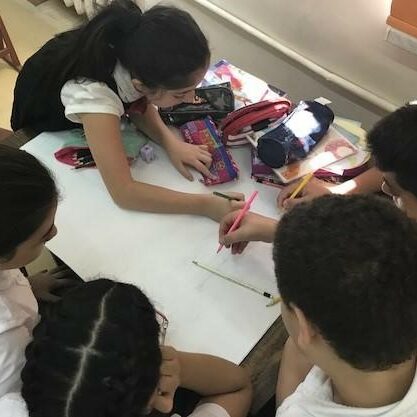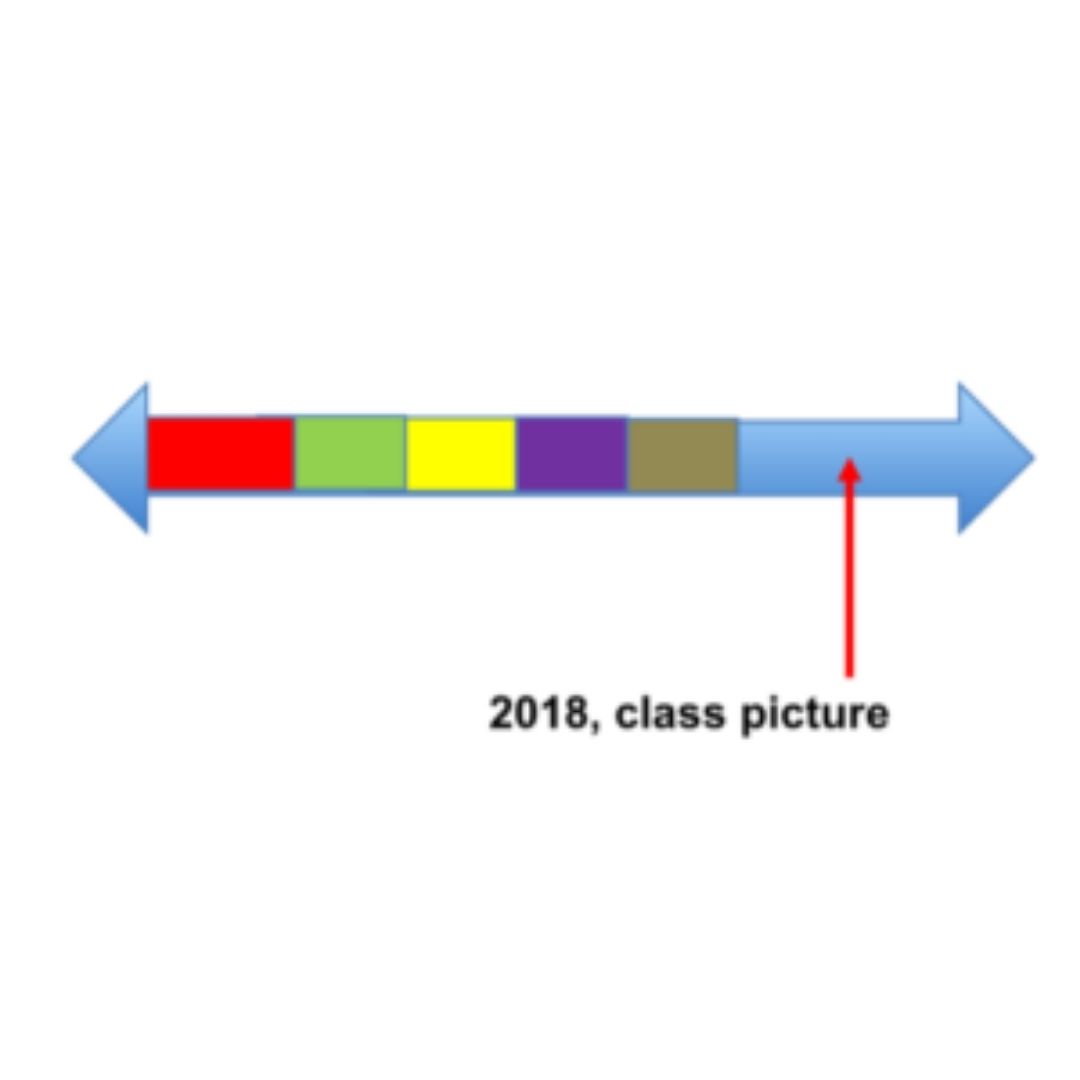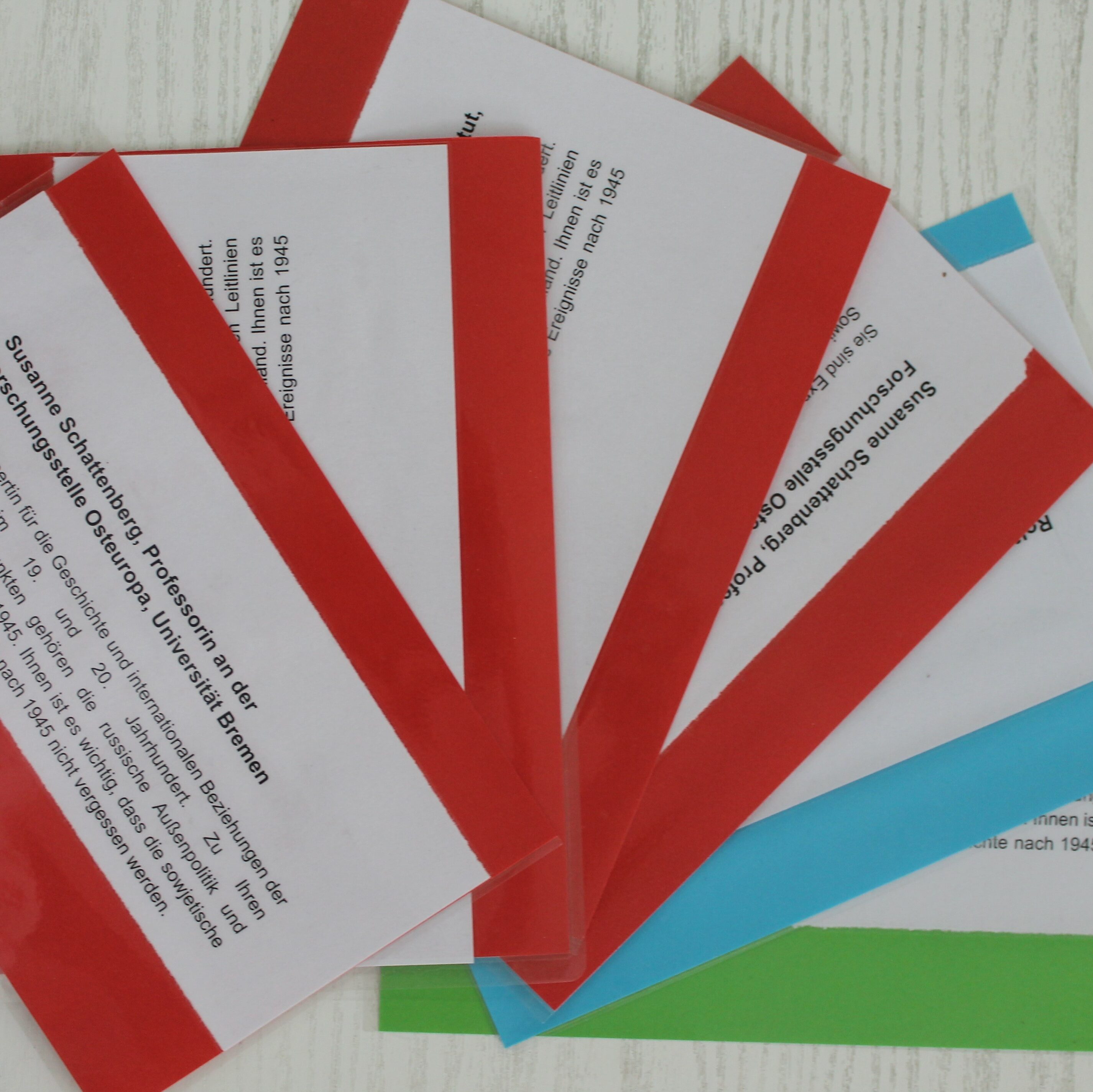The Teachers’ Guide on Effective Online and Blended Learning presents practical strategies for designing lessons, finding useful sources, assessing students in online settings, engaging students in online settings, and the different methods and platforms available for teachers to use as part of their online and blended teaching offer.
It was developed as part of EuroClio’s project Online Teaching in the Visegrad Region, in cooperation with CEDIN, the German School in Prague, the Hungarian Historical Society Teachers’ Division, and the Pilecki Institute.





